- Home
- About
- Blog
-
Butterfly Gallery
- Hesperiidae >
- Papilionidae >
- Pieridae >
-
Lycaenidae
>
- Black Hairstreak
- Brown Hairstreak
- False Ilex Hairstreak
- Green Hairstreak
- Ilex Hairstreak
- Purple Hairstreak
- Sloe Hairstreak
- White-letter Hairstreak
- Large Copper
- Purple-edged Copper
- Purple-shot Copper
- Scarce Copper
- Small Copper
- Sooty Copper
- Violet Copper
- Adonis Blue
- Alcon Blue
- Alpine Blue
- Amanda's Blue
- Baton Blue
- Brown Argus
- Chalkhill Blue
- Chequered Blue
- Common Blue
- Cranberry Blue
- Damon Blue
- Dusky Large Blue
- Escher's Blue
- Geranium Argus
- Glandon Blue
- Green-underside Blue
- Holly Blue
- Idas Blue
- Large Blue
- Mazarine Blue
- Mountain Alcon Blue
- Northern Brown Argus
- Piedmont anomalous Blue
- Provence Chalkhill Blue
- Reverdin's Blue
- Ripart's anomalous Blue
- Scarce Large Blue
- Silver-studded Blue
- Silvery Argus
- Small Blue
- Short-tailed Blue
- Turquoise Blue
- Duke of Burgundy
-
Nymphalidae
>
- Purple Emperor
- Lesser Purple Emperor
- White Admiral
- Southern White Admiral
- Hungarian Glider
- Camberwell Beauty
- Comma Butterfly
- Large Tortoiseshell
- Map Butterfly
- Painted Lady
- Peacock
- Red Admiral
- Small Tortoiseshell
- Assmann's Fritillary
- Bog Fritillary
- Cardinal
- Cranberry Fritillary
- Dark Green Fritillary
- False Heath Fritillary
- Glanville Fritillary
- Grisons Fritillary
- Heath Fritillary
- High Brown Fritillary
- Knapweed Fritillary
- Lesser Marbled Fritillary
- Marbled Fritillary
- Marsh Fritillary
- Meadow Fritillary
- Mountain Fritillary
- Nickerl's Fritillary
- Niobe Fritillary
- Pearl-bordered Fritillary
- Queen of Spain Fritillary
- Shepard's Fritillary
- Silver-washed Fritillary
- Small Pearl-bordered Fritillary
- Spotted Fritillary
- Titania's Fritillary
- Twin-Spot Fritillary
- Weaver's Fritillary
- Satyridae >
- Metamorphosises >
- Alpine Species
- Germany - Eifel
- Butterflies in France
- Butterflies NL
- Threats & Enemies
- UFI
-
Gallery A - Z
- Amphibians
- Aosta - Gran Paradiso
- Ardeche
- Bayerischer Wald
- Beetles
- Bluebell Forest
- Caterpillars
- Cevennes
- Dordogne
- Holy Love
- Hungary
- Insects - Others
- Jumping Spiders
- Kleine Beerze
- Kleine Beerze II
- Koebosch
- Landschotse Heide
- Little Owl
- Luberon
- Lueneburger Heide
- Mercantour
- Mercantour part II
- Orchids Dream
- Pink and Purple
- Snakes and Reptiles
- Spiders
- Spring Flowers
- Strabrechtse Heide
- Styria
- Teutoburger Wald
- Toxic Tales
- Var
- Blog Vosges
- Rust In Peace
|
Although we finally have summer temperatures since almost one week, the amount of butterflies is extremely low. It's 'hard working' in the evening to find ONE roosting butterfly. Almost every evening I'm searching for butterflies but to find ONE is difficult and it's more difficult to find one who is sitting in that part of the area where the sun is going down. Fortunately a few days ago I found ONE on the right spot....a Brown Argus.
In a few days my holiday will start, first with a trip to the Vosges/France followed by a trip to Aosta - Gran Paradiso/Italy again. Three weeks with good company and I hope a lot of beautiful butterflies!
2 Comments
Together with a good friend I visited a lot of areas in The Netherlands and Belgium during the last weeks. The amount of butterflies was disappointing low. Since two days we finally have nice weather so yesterday evening I gave it a try again in my favorite 'Kleine Beerze' area but I did not find any butterfly or dragonfly at all. I drove to a second spot where I normally can find very easy roosting butterflies next to a path.....after a long search at last I found ONE butterfly, a Small Heath, just a few minutes before sunset.
Last Sunday I was 'en route' with Frank & Gerard again and we visited the same area as one year ago to search for the Queen of Spain Fritillary. We knew that the chance finding one of them was low. The first hour we did not find any living creature at all. But then we entered a meadow and found the first of 15 Small Coppers. It's remarkable because the evening before I found two coppers roosting nearby my home and during my stay in the Vosges earlier, I photographed this species a few times. It looks like the third generation has better conditions than the first and second one! Unfortunately all of them were roosting on places where it was impossible to catch them with the first or last warm light in the background. So I waited to catch them with open wings: Although I found them in four different areas they had one thing in common....they were all roosting on brown/dead flower buds for optimal camouflage!
Yesterday evening I visted 'my' old area around the Kleine Beerze with the hope to find some butterflies like the Common Blue or Small Heath. At day it was almost 26 degrees so I had good hope that they had emerged. Sadly I did not find a single butterfly. Fortunately I found an other 'victim' for my camera....a female Broad-bodied Chaser, a common dragonfly in this area. Photographing this dragonfly was hell as I forgot how bad mosquitoes are without protection.
The Orange-tip is probably one of the most photographed butterfly species in the Netherlands as they are very easy to find in rest on one of their larval foodplants. Next to it the Orange-tip is one of the first butterflies after the winter season and although I have a lot of photos of this species, I can not withstand the desire to search for them. Last year I said goodbye to 'my' area which I visited for almost 20 years as too many people were asking what I was doing. I found a new area with a lot of Cuckoo flowers and Orange-tips near water where I can use the colours and reflections in the water of the setting sun.
After a holiday in the mountains it costs me a few days to get used again to the mono culture here in my region. The advantage of living in a flat country are the spectacular sunrises and sunsets; using them for photographic purposes is another thing as the big disadvantage of this region are the amount of maize fields. This week I found out that all my favourite spots nearby are surrounded by big maize fields; warm sunlight has no chance to get through it. As this week the sunrises and sunsets were very colourful; I visited the creek ‘Kleine Beerze’ which is really small at the moment due to lack of water. I found some common butterflies but unfortunately the sun disappeared behind the wall of maize before reaching the deep orange colour. This female Darter (I guess a Vagrant Darter/Sympetrum vulgatum) I found near the creek. On the other side of the creek there were some big old trees which were causing shadow what resulted in lower maize and some more golden reflections of the setting sun. Although I love summer and the presence of butterflies, dragonflies and other insects, I will be very happy when these maize fields will be harvested!
I'm angry and I feel helpless! Angry because beautiful nature has been ruined and helpless because I do not know how to change the situation.
This is a part of the creek/area on 3 september 2013 when nothing was wrong.
A few days ago I was pleasantly surprised to find some fresh Common Blues nearby. Unfortunately it was very windy and the first evening it was impossible to photograph them so I only looked to the big setting red ball of fire. The next evening I returned to the same place and found out that the male Common Blues prefer sleeping places at almost the same location. Only the females were switched and I found a resting female on the ‘right’ place and waited some time for the deep colours in the sun......and almost became blind by looking into my view finder. At home I was editing my photo’s and although I liked one photo very much I was not really satisfied with the result as I had an other photo in mind. Fortunately the clouds were disappearing the next evening so again I drove to the area and again I found the two male Common Blues and one was sitting out of the wind between the high grass so he was ‘mine’ and finally I could make the photo which I had in mind for a while!
In the past week a lot of little creatures like butterflies and dragonflies, disappeared. Some of them I find again in spider webs. That’s the circle of life.....eat and be eaten! The European Garden Spider (Araneus diadematus) is the most common and well-known spider. The females are much larger than the males and the females are the web builders. On the web or in a nearby leaf they are waiting for prey to get entangled in the web. The prey is then quickly captured and wrapped in silk before being eaten. Here a grasshopper jumped into the wrong direction.....as the spider was sitting nearby on a leaf it looks like the grasshopper committed suicide. The catch on this image was an Asian Lady Beetle (Harmonia axyridis).....you can see that this beetle used his defensive chemical (yellow/orange stuff) isopropyl methoxy pyrazine. When agitated, they releasing it from their legs.
Time is really flying and in one week a lot can happen. I rescued two animals which gives me a lot of energy although......I kept one and he costs me energy as he is 6 or 7 weeks old. Writing a new blog is almost impossible as he is walking over my keyboard and needs a lot of attention. This sweet little thing was crying for help and nobody stopped nor helped him....it’s unbelievable for me that a lot of human beings pass an animal in need without helping! Nature is changing very quick now; a lot of butterfly species are gone and not much flowers are left. Every hour which I have available I go out and search for spiders, butterflies and other creatures. The only butterflies which I recently found in the evening was the Small Heath (Coenonympha pamphilus). It’s an inconspicuous species with his brown wings and an unusual sleeping posture. Yesterday evening I was very happy that I found two Small Heaths in the last sunlight. Unfortunately one butterfly changed its sleeping position but the other one was cooperative. Here you can see the same butterfly in almost the same position, one without and one with sunlight on his wings.....it’s amazing what sunlight can do! In the last minutes all the clouds disappeared and I witnessed a beautiful red sunset.....it was a race against time but I’m satisfied with the following result of the same butterfly:
|
Jibt dir dit Leben mal een Buff, denn weene keene Träne. Lach Dir'n Ast und setz Dir druff und baumle mit de Beene.
Archives
July 2024
Categories
All
|
No image from this site is to be downloaded, copied, duplicated, sampled, modified or redistributed!
- Home
- About
- Blog
-
Butterfly Gallery
- Hesperiidae >
- Papilionidae >
- Pieridae >
-
Lycaenidae
>
- Black Hairstreak
- Brown Hairstreak
- False Ilex Hairstreak
- Green Hairstreak
- Ilex Hairstreak
- Purple Hairstreak
- Sloe Hairstreak
- White-letter Hairstreak
- Large Copper
- Purple-edged Copper
- Purple-shot Copper
- Scarce Copper
- Small Copper
- Sooty Copper
- Violet Copper
- Adonis Blue
- Alcon Blue
- Alpine Blue
- Amanda's Blue
- Baton Blue
- Brown Argus
- Chalkhill Blue
- Chequered Blue
- Common Blue
- Cranberry Blue
- Damon Blue
- Dusky Large Blue
- Escher's Blue
- Geranium Argus
- Glandon Blue
- Green-underside Blue
- Holly Blue
- Idas Blue
- Large Blue
- Mazarine Blue
- Mountain Alcon Blue
- Northern Brown Argus
- Piedmont anomalous Blue
- Provence Chalkhill Blue
- Reverdin's Blue
- Ripart's anomalous Blue
- Scarce Large Blue
- Silver-studded Blue
- Silvery Argus
- Small Blue
- Short-tailed Blue
- Turquoise Blue
- Duke of Burgundy
-
Nymphalidae
>
- Purple Emperor
- Lesser Purple Emperor
- White Admiral
- Southern White Admiral
- Hungarian Glider
- Camberwell Beauty
- Comma Butterfly
- Large Tortoiseshell
- Map Butterfly
- Painted Lady
- Peacock
- Red Admiral
- Small Tortoiseshell
- Assmann's Fritillary
- Bog Fritillary
- Cardinal
- Cranberry Fritillary
- Dark Green Fritillary
- False Heath Fritillary
- Glanville Fritillary
- Grisons Fritillary
- Heath Fritillary
- High Brown Fritillary
- Knapweed Fritillary
- Lesser Marbled Fritillary
- Marbled Fritillary
- Marsh Fritillary
- Meadow Fritillary
- Mountain Fritillary
- Nickerl's Fritillary
- Niobe Fritillary
- Pearl-bordered Fritillary
- Queen of Spain Fritillary
- Shepard's Fritillary
- Silver-washed Fritillary
- Small Pearl-bordered Fritillary
- Spotted Fritillary
- Titania's Fritillary
- Twin-Spot Fritillary
- Weaver's Fritillary
- Satyridae >
- Metamorphosises >
- Alpine Species
- Germany - Eifel
- Butterflies in France
- Butterflies NL
- Threats & Enemies
- UFI
-
Gallery A - Z
- Amphibians
- Aosta - Gran Paradiso
- Ardeche
- Bayerischer Wald
- Beetles
- Bluebell Forest
- Caterpillars
- Cevennes
- Dordogne
- Holy Love
- Hungary
- Insects - Others
- Jumping Spiders
- Kleine Beerze
- Kleine Beerze II
- Koebosch
- Landschotse Heide
- Little Owl
- Luberon
- Lueneburger Heide
- Mercantour
- Mercantour part II
- Orchids Dream
- Pink and Purple
- Snakes and Reptiles
- Spiders
- Spring Flowers
- Strabrechtse Heide
- Styria
- Teutoburger Wald
- Toxic Tales
- Var
- Blog Vosges
- Rust In Peace
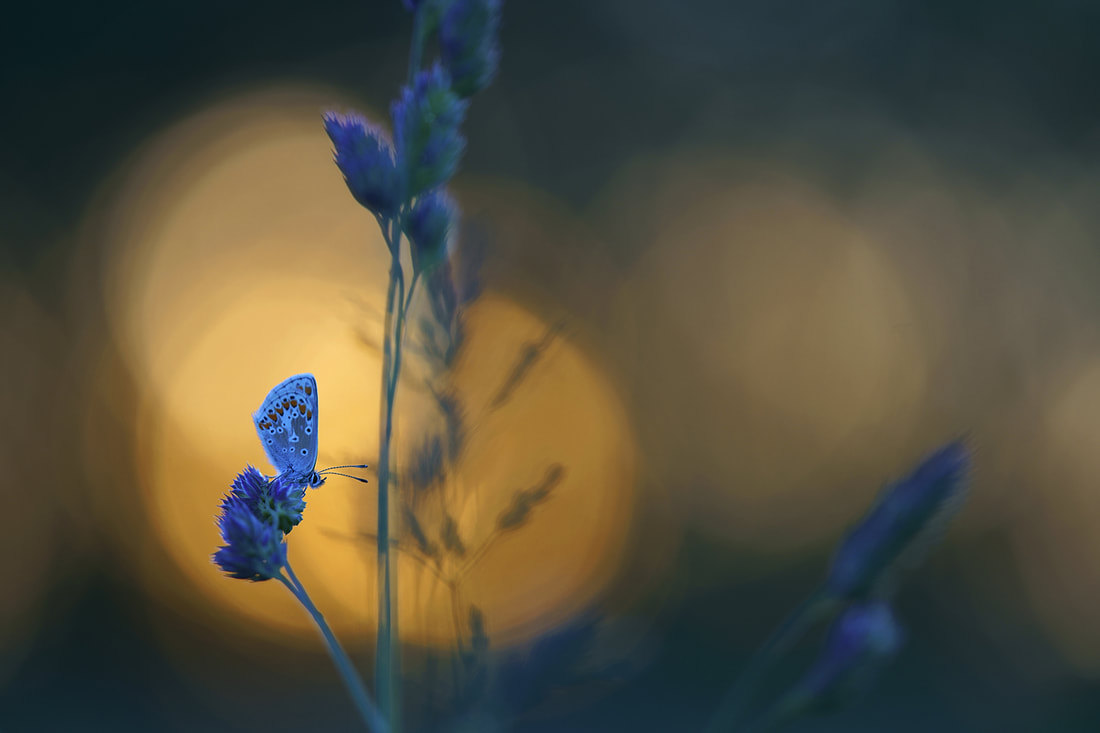
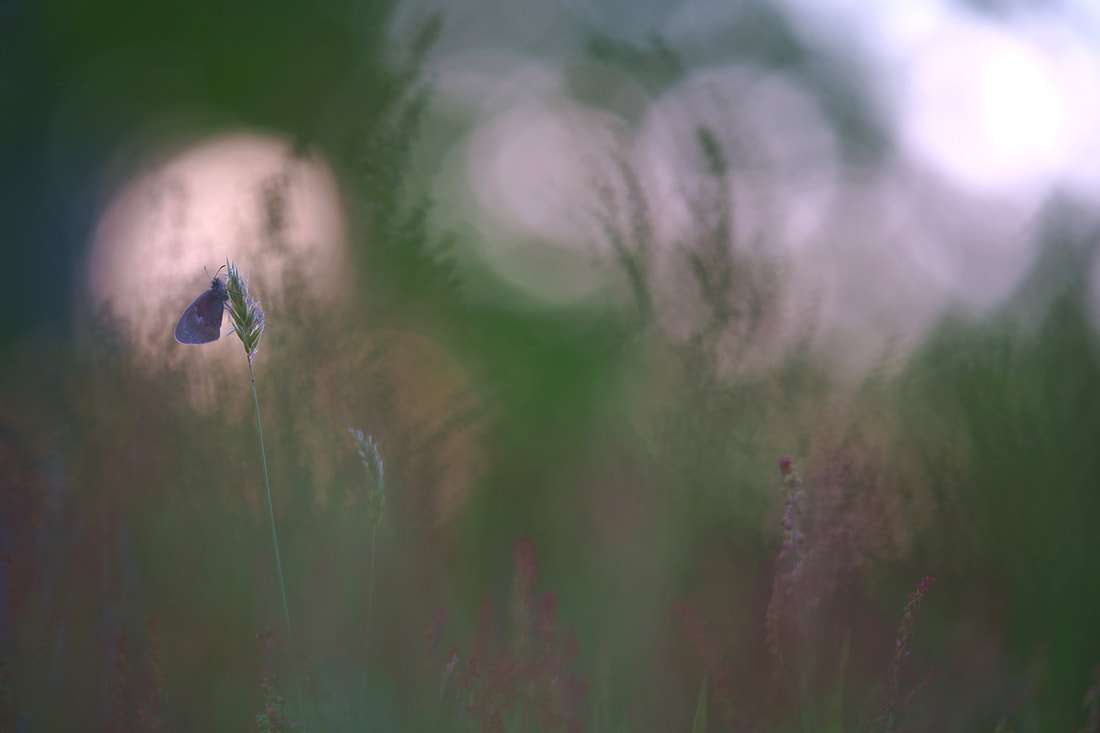
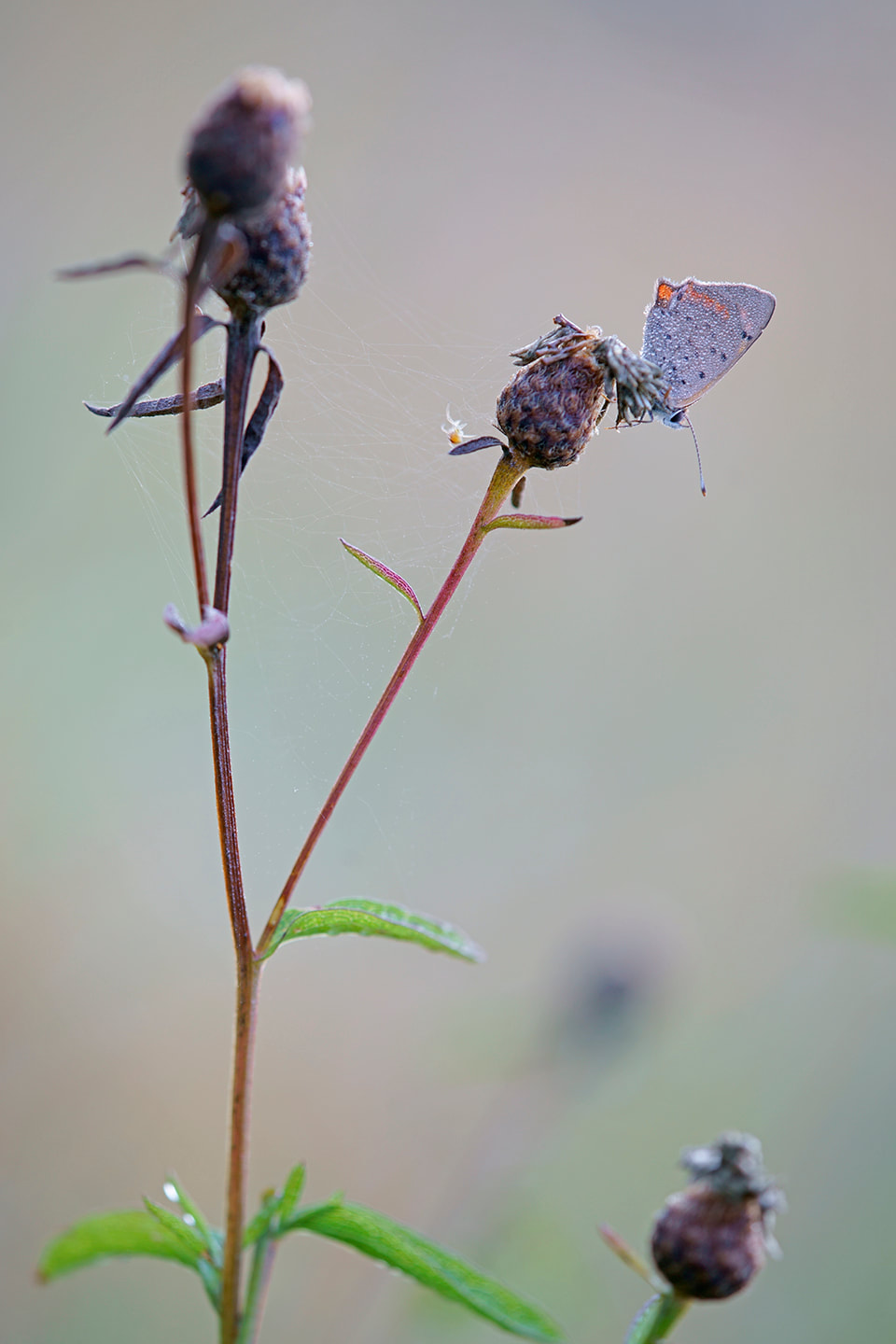
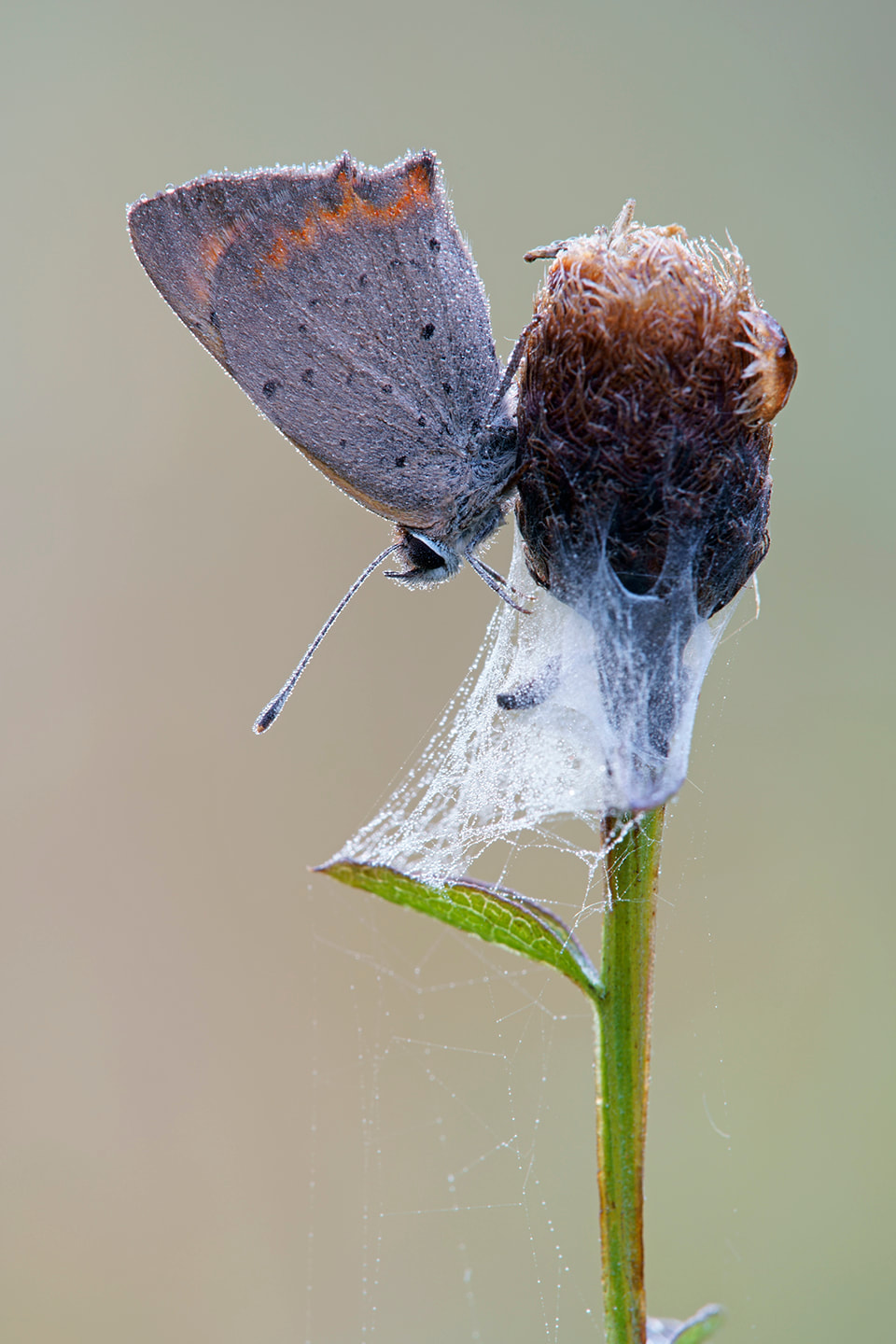
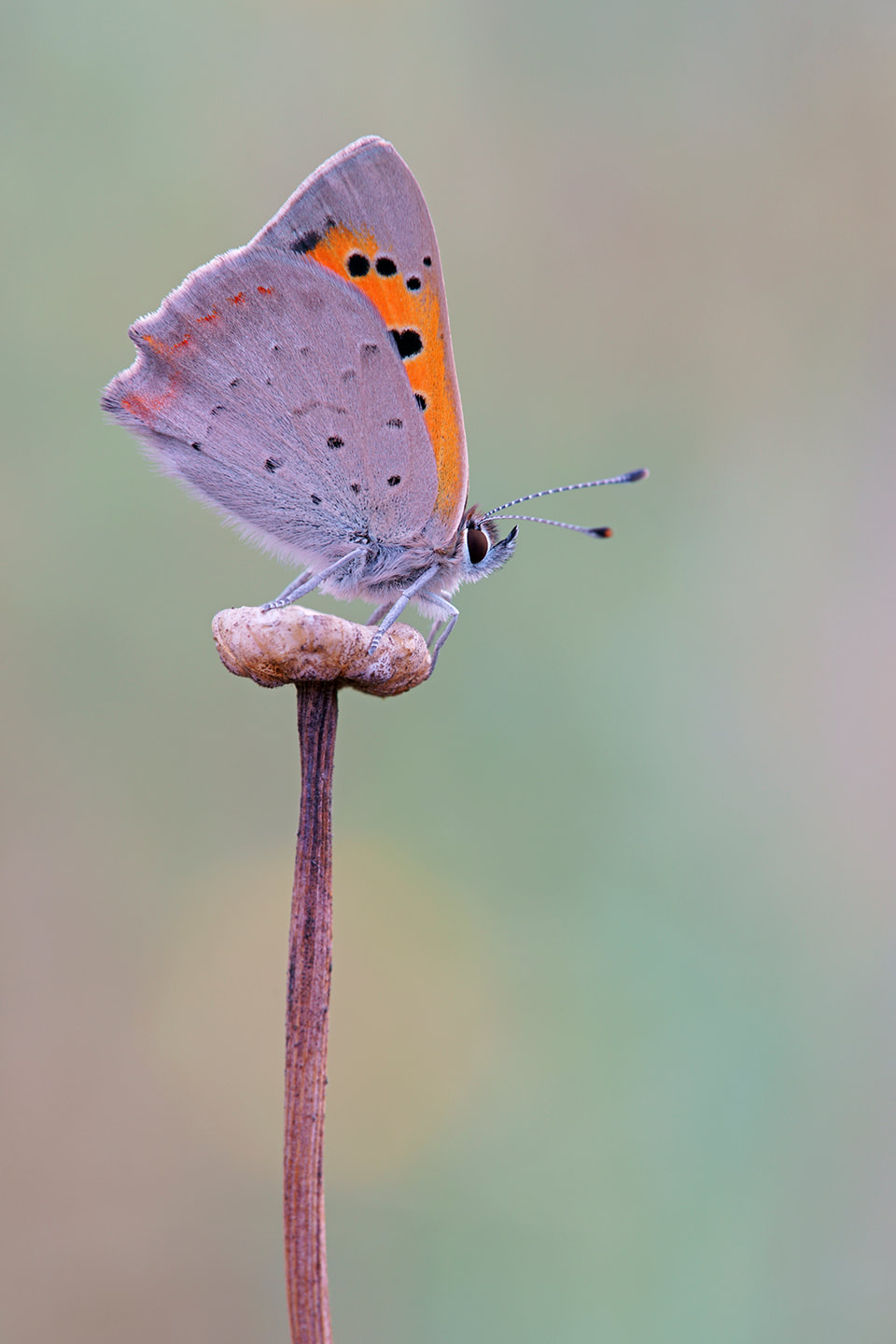
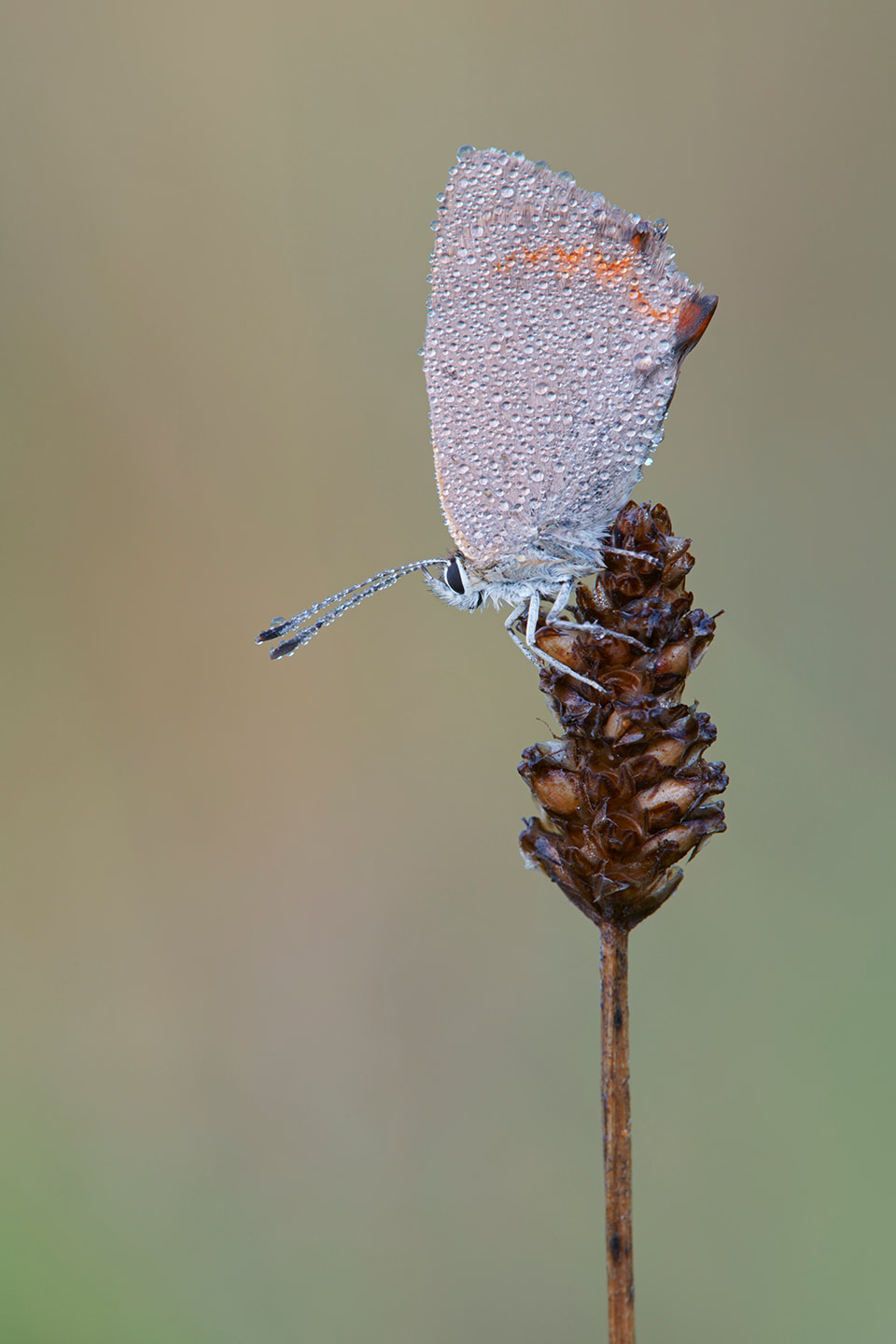
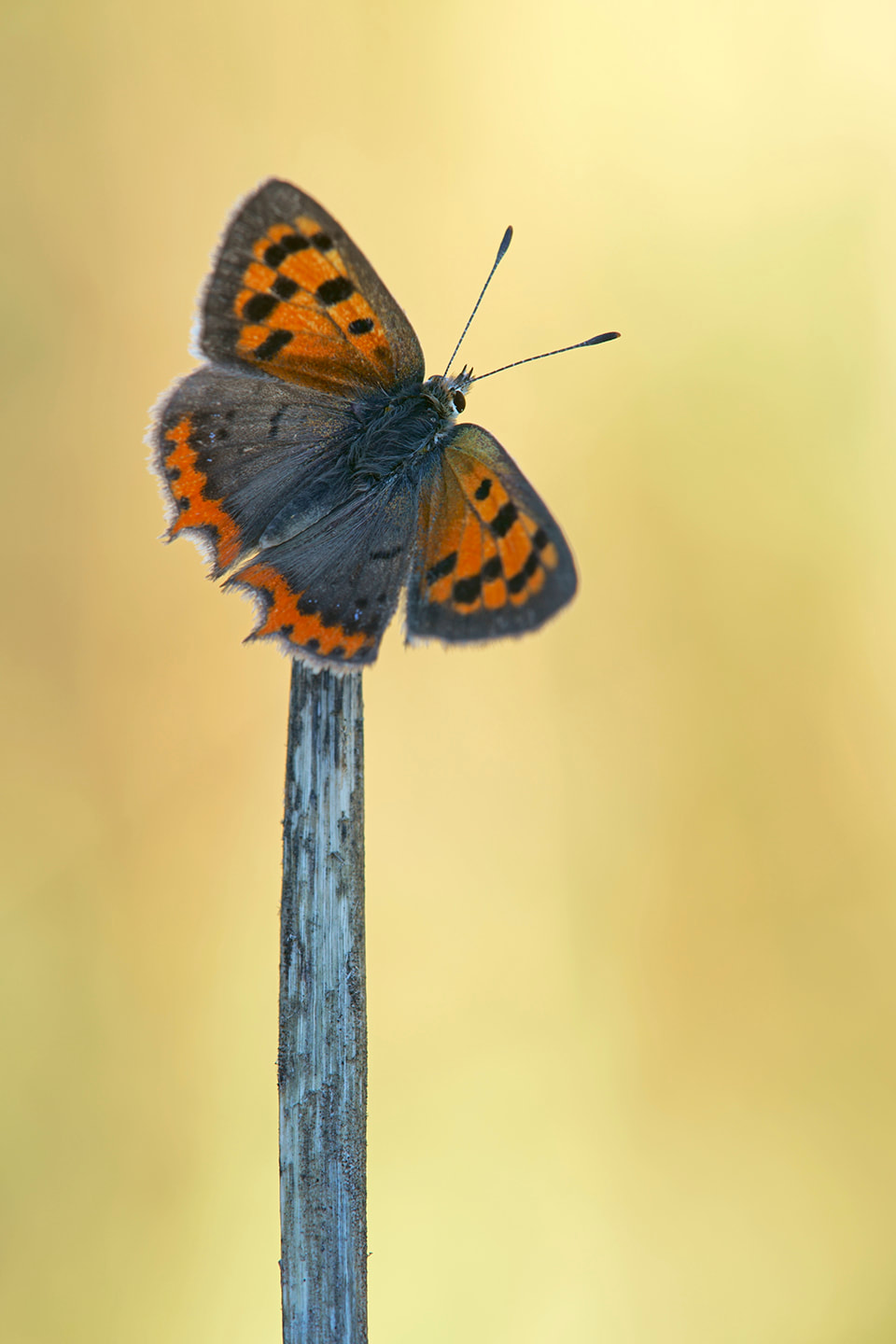
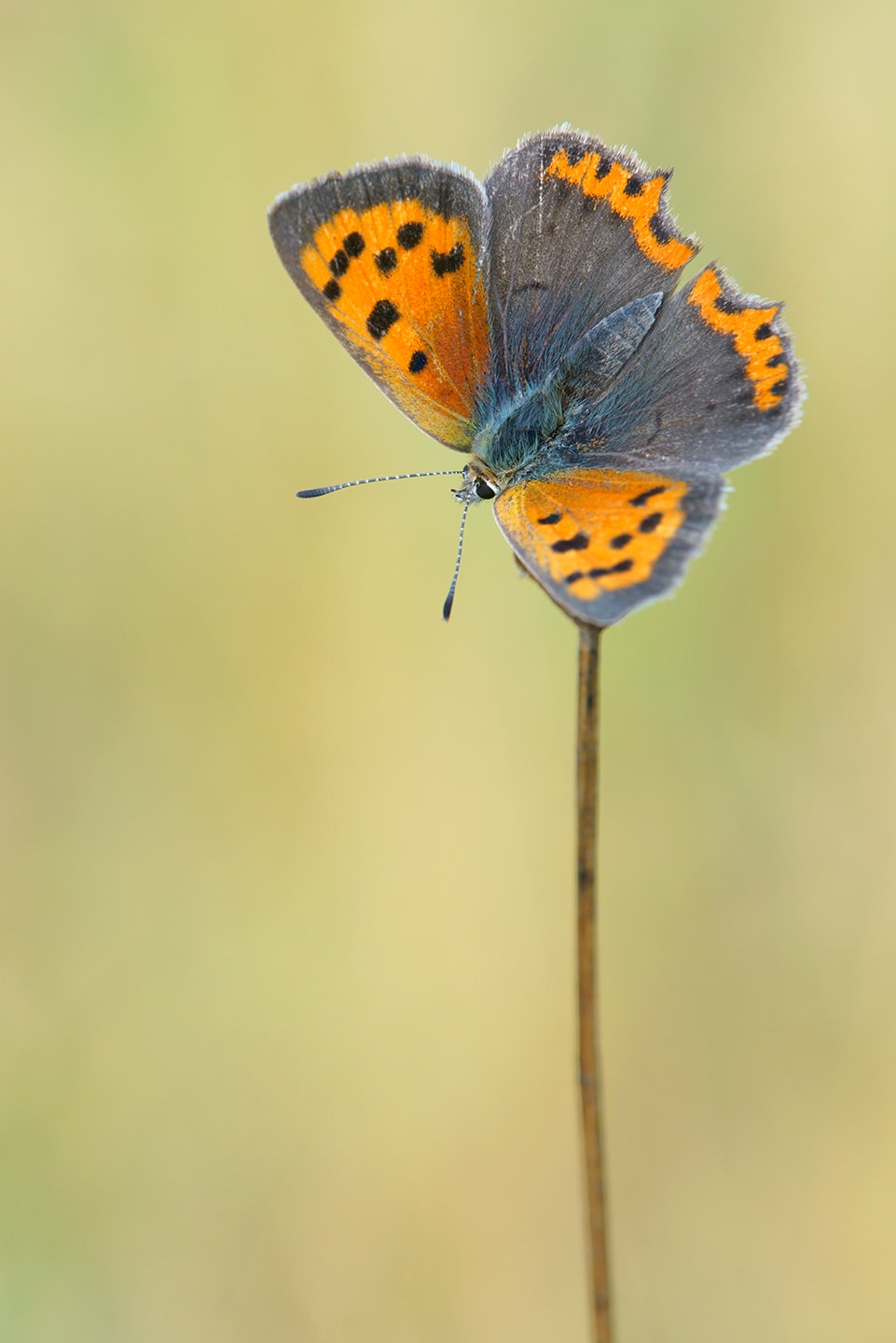
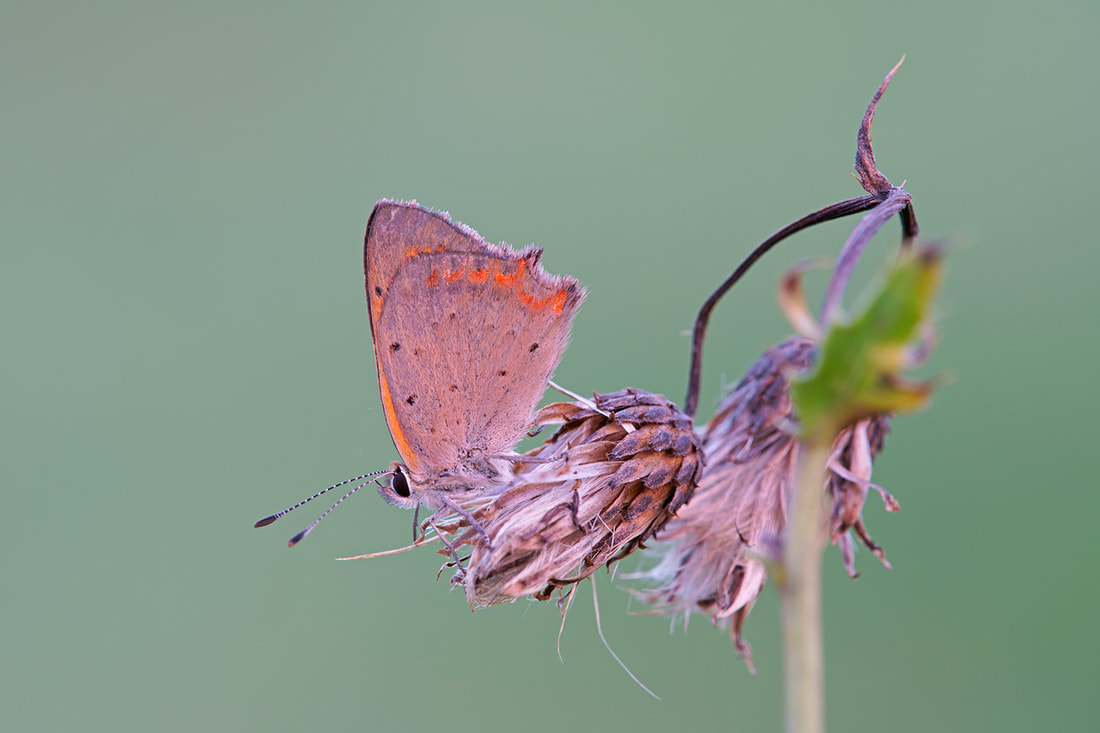
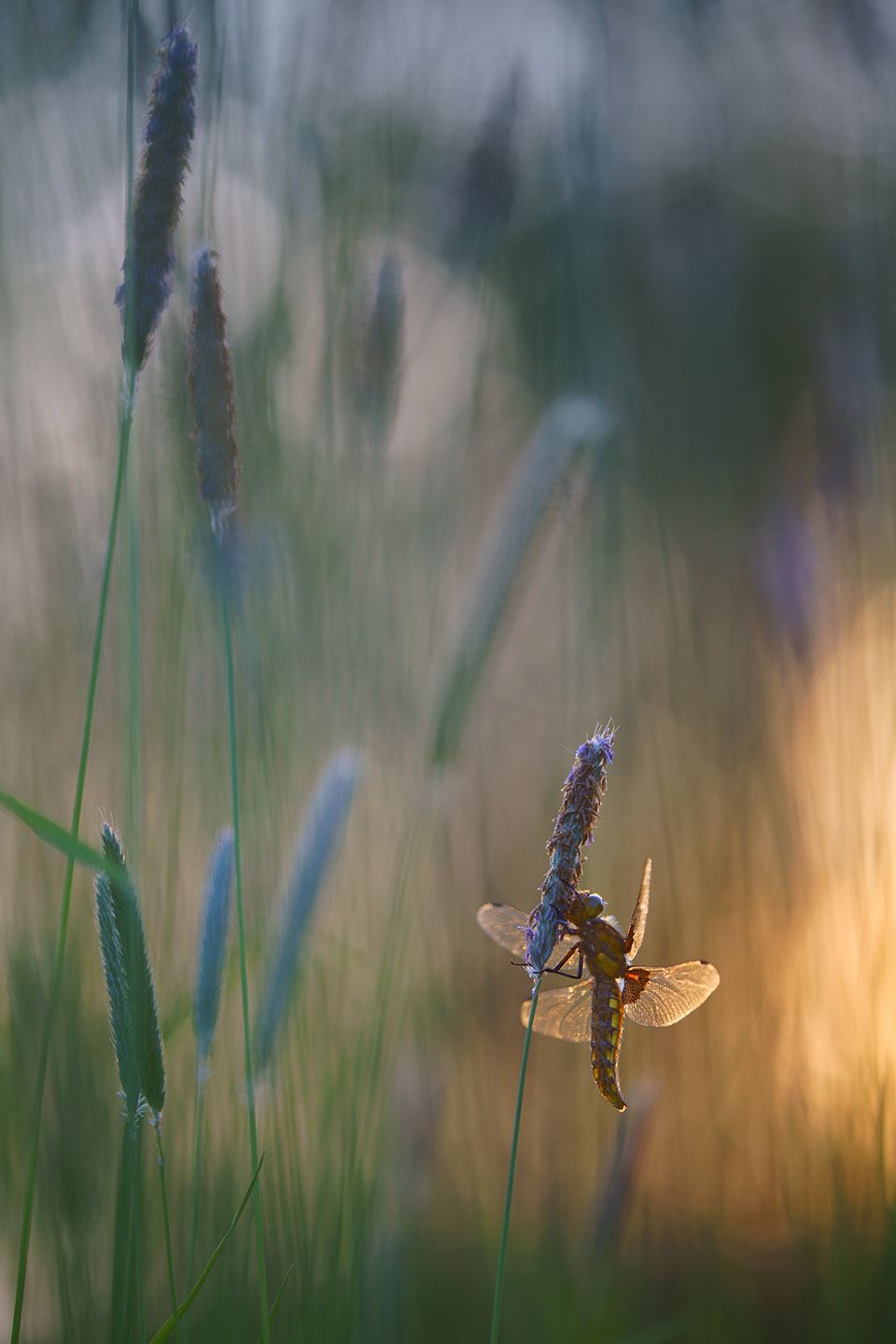
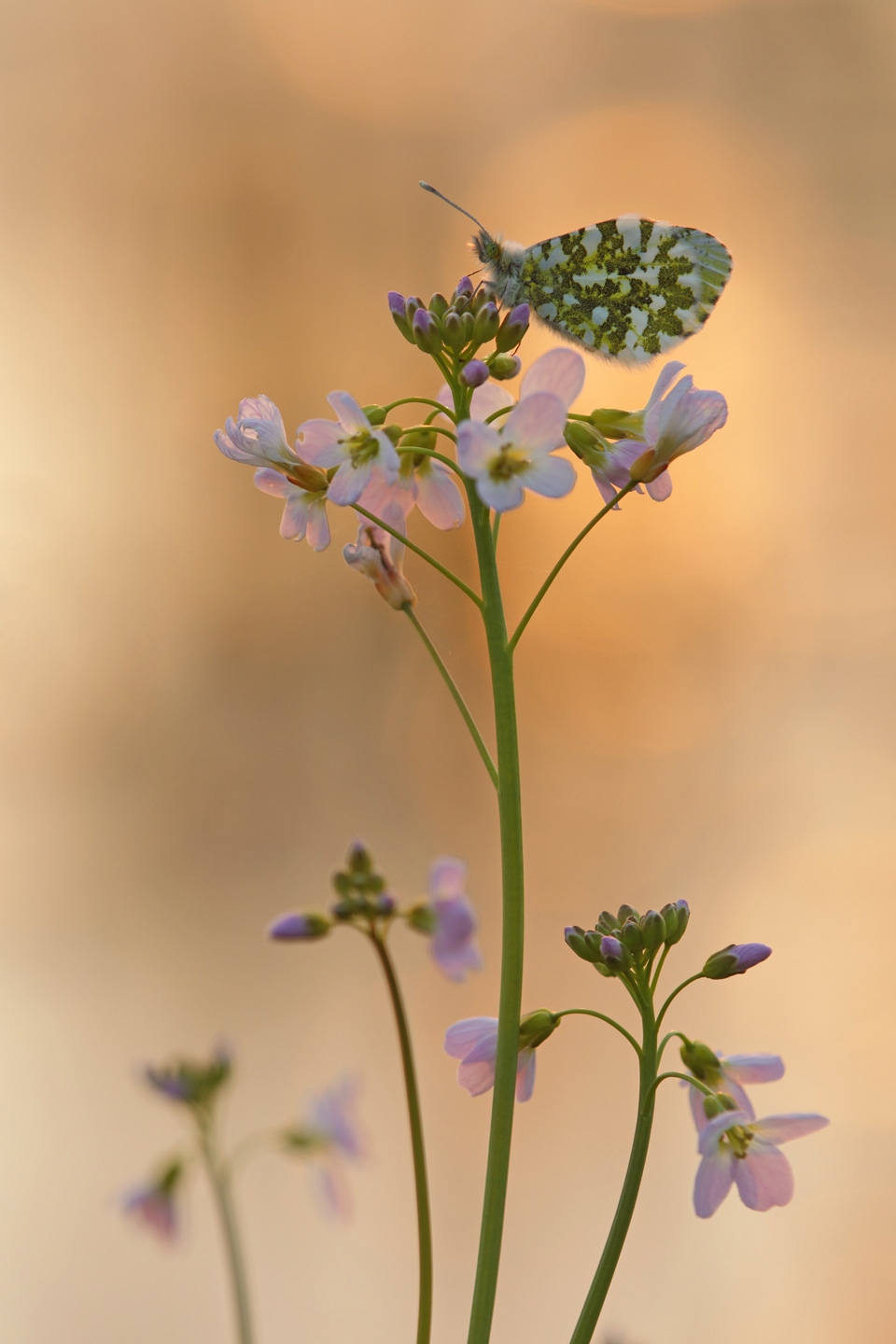
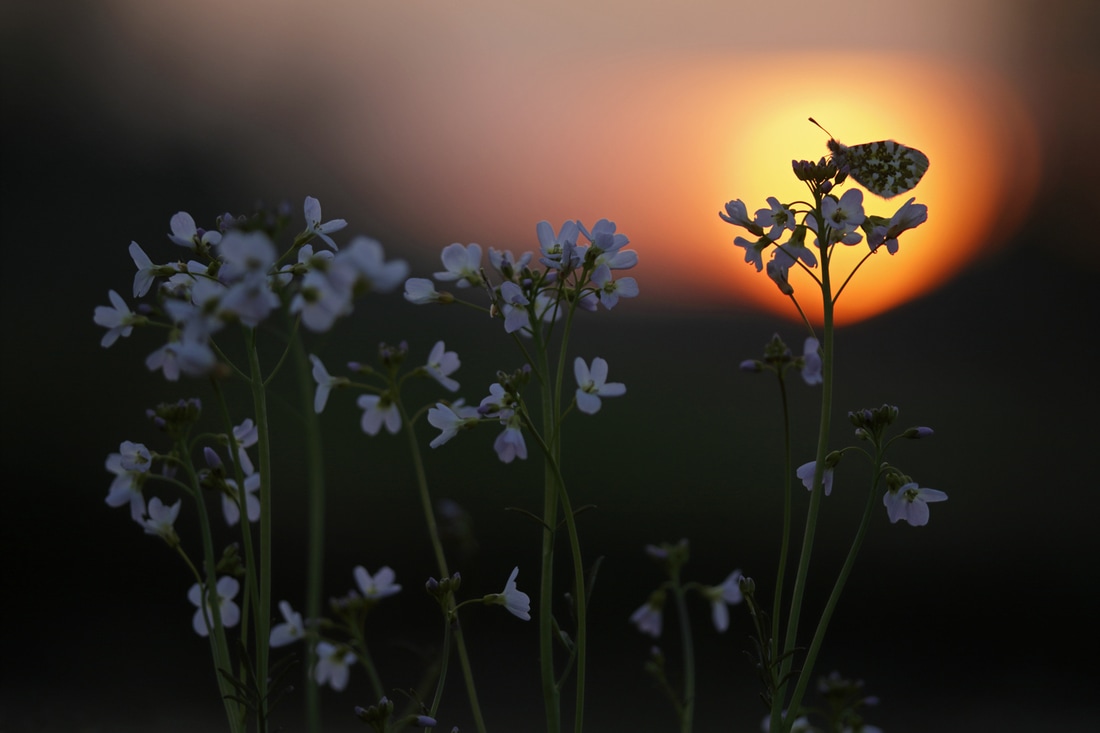
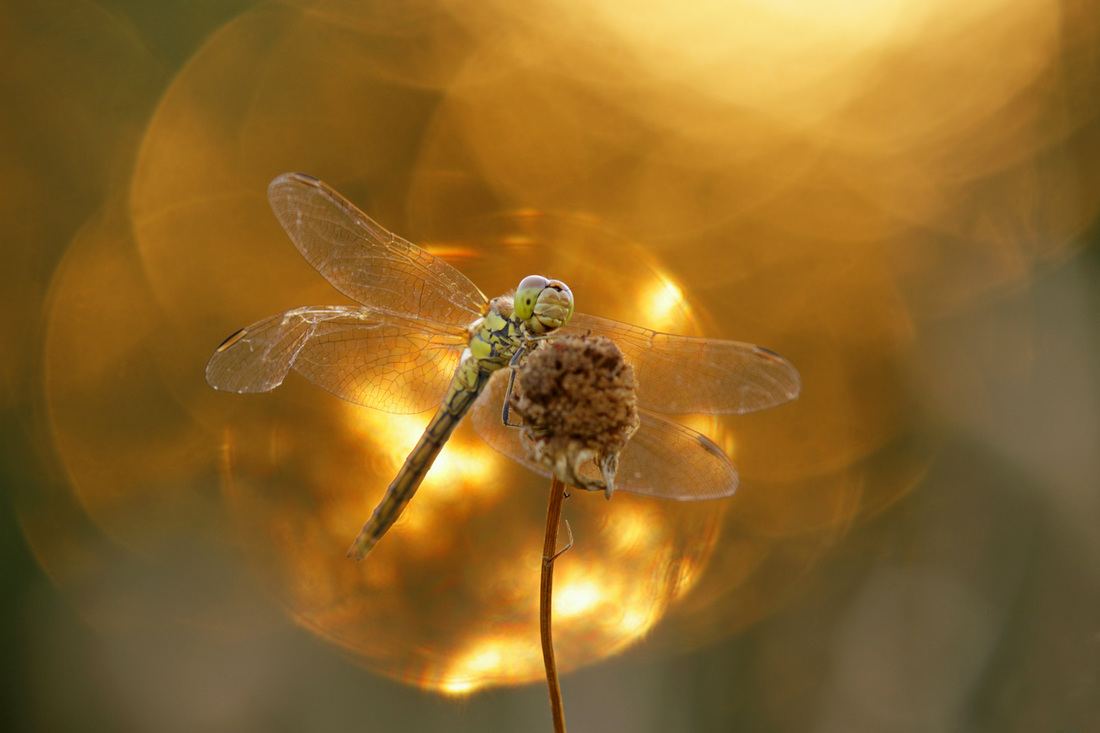

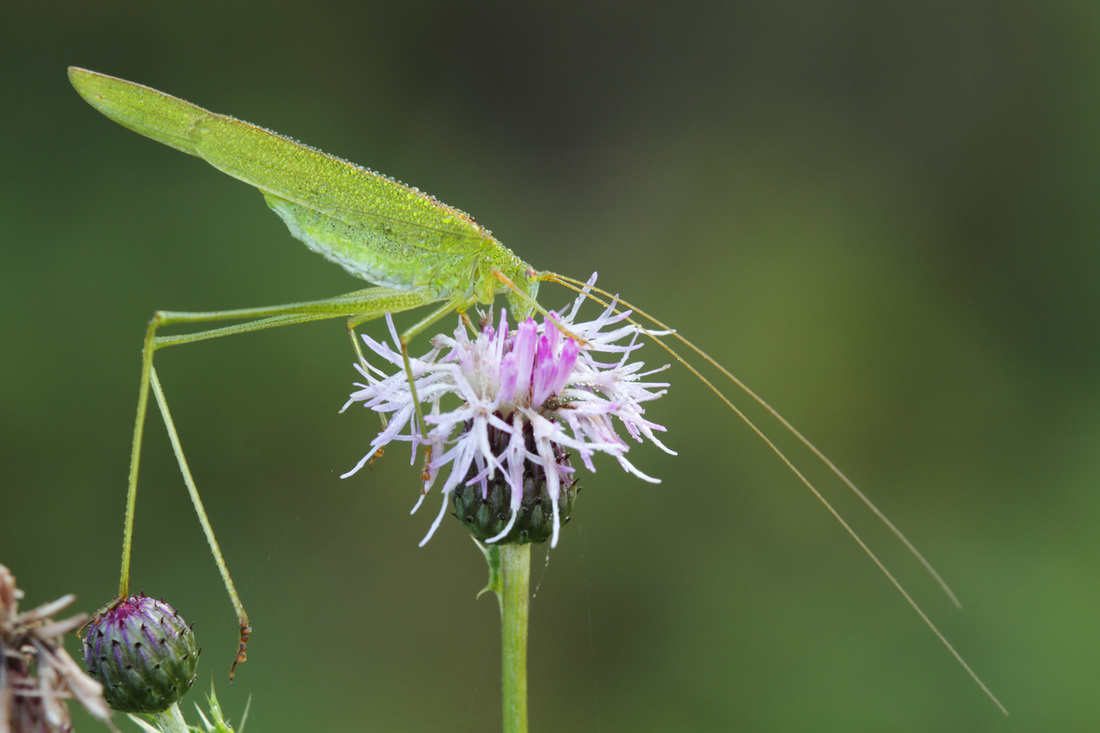
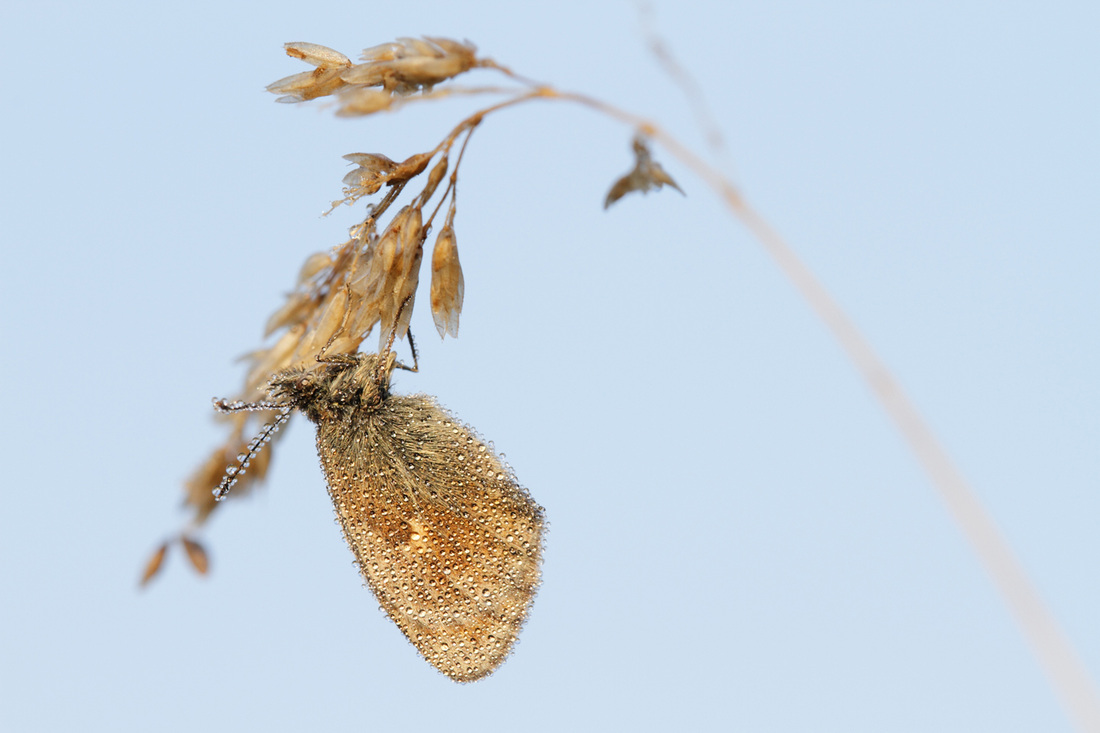
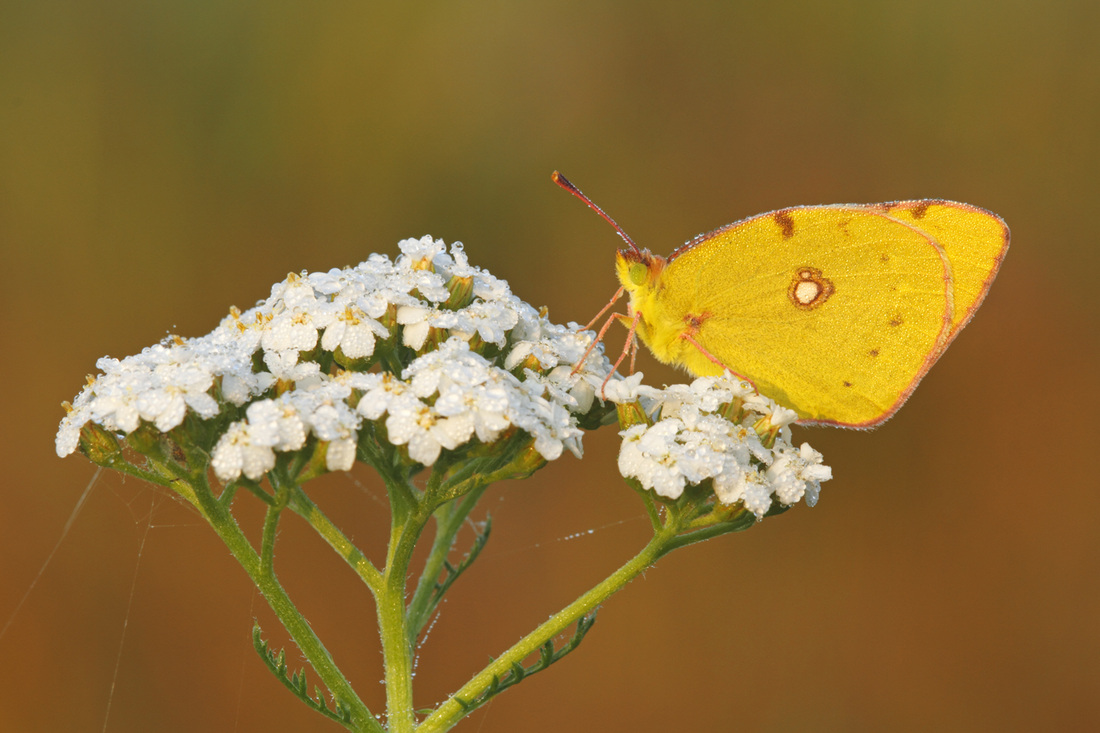
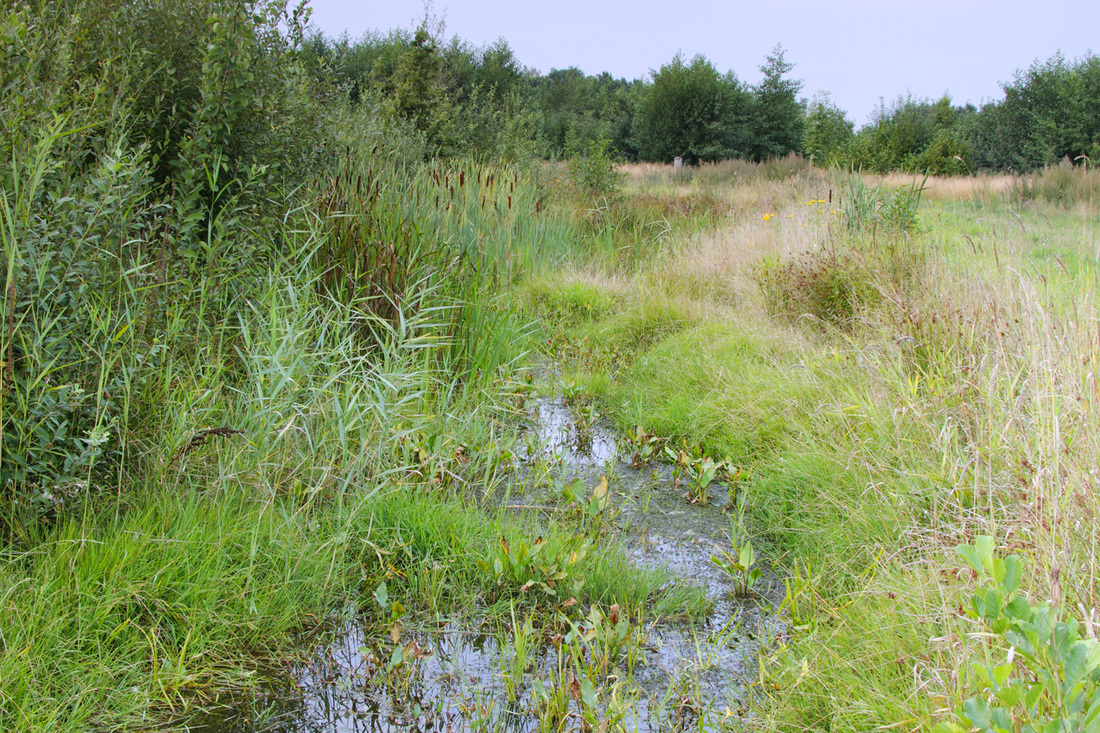

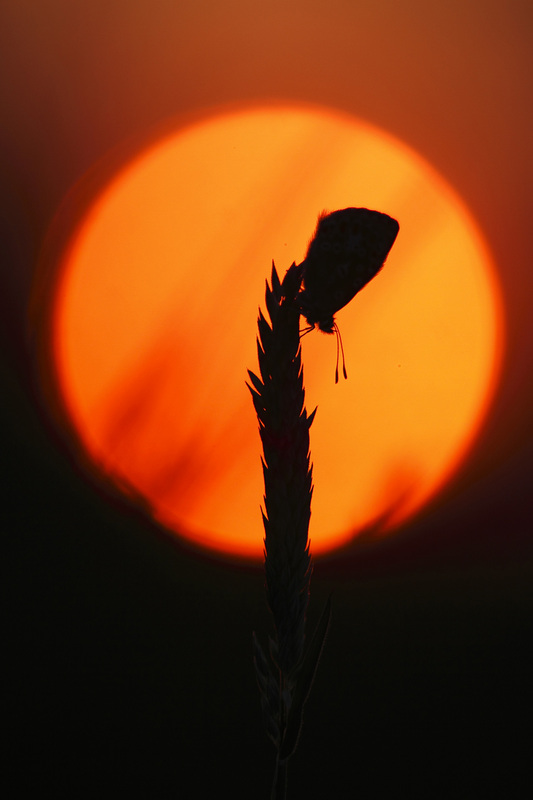

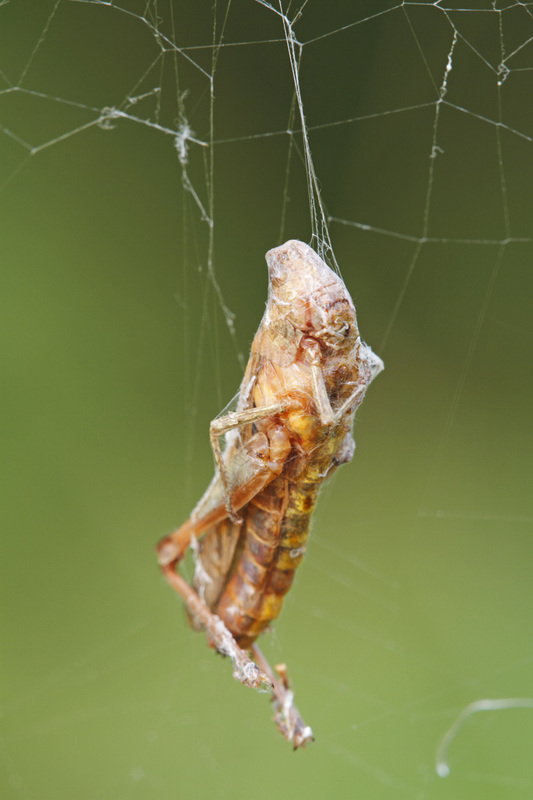
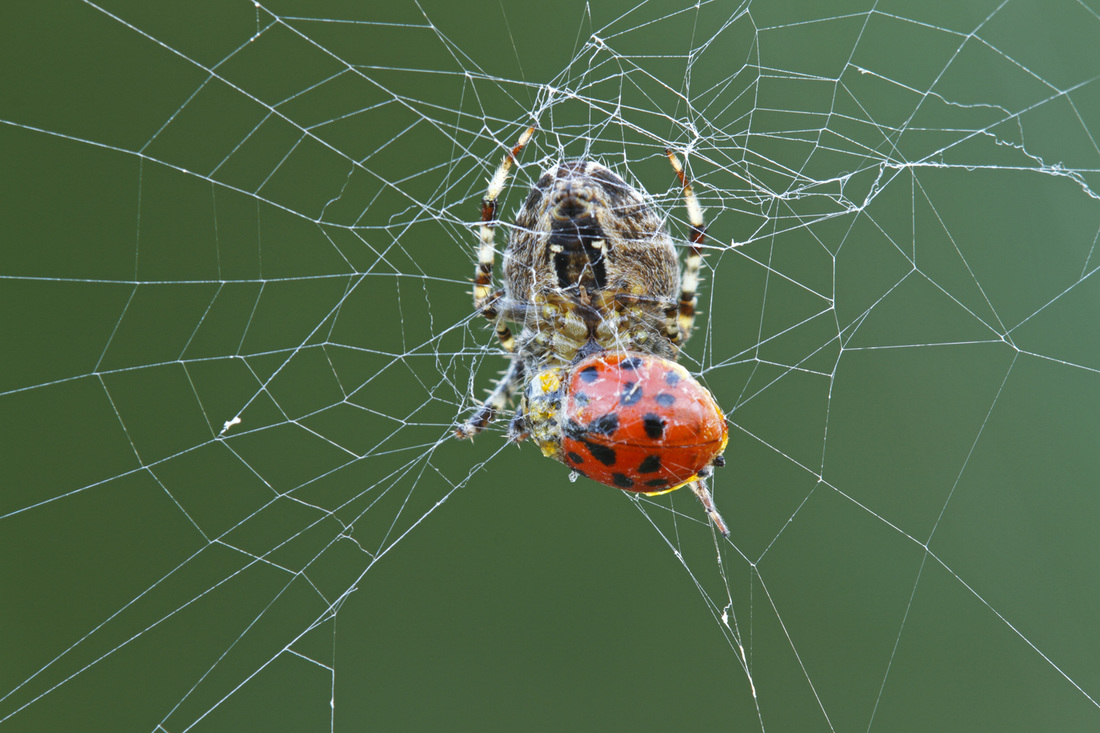
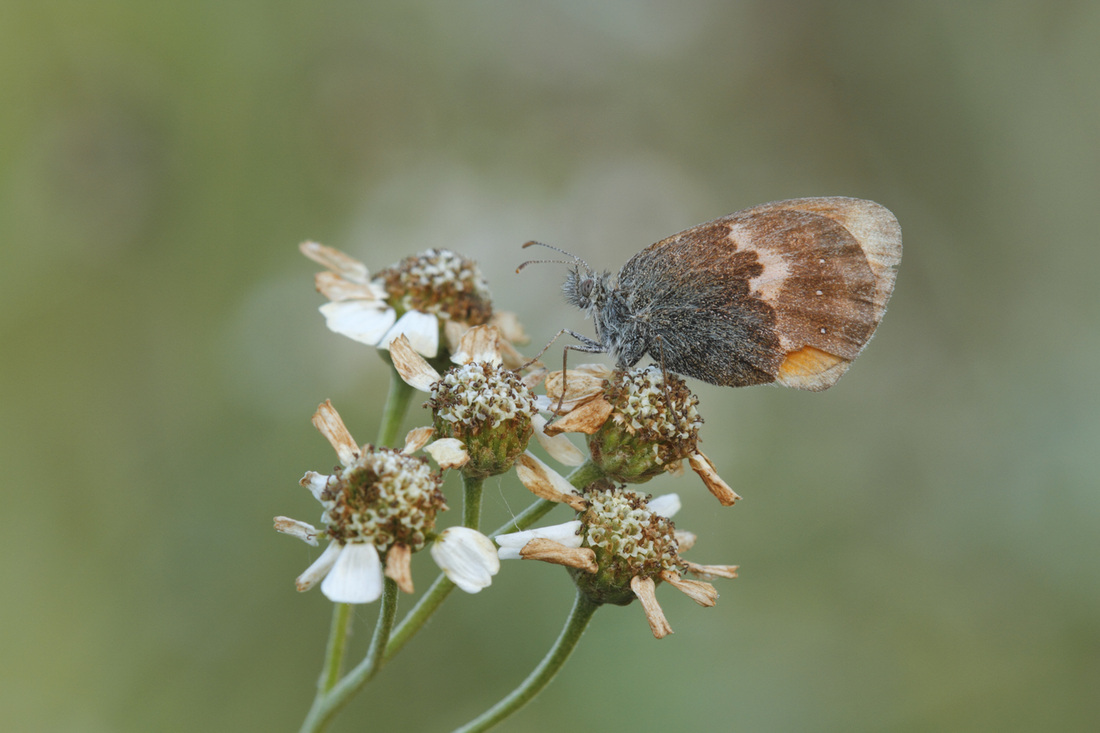
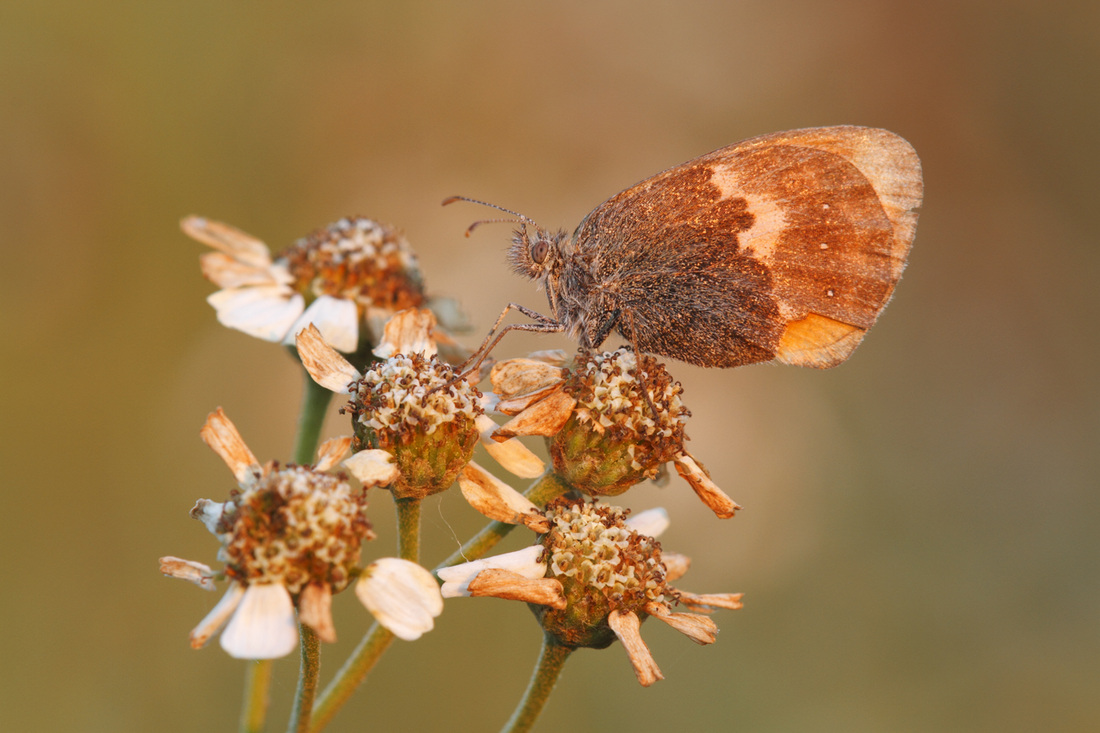
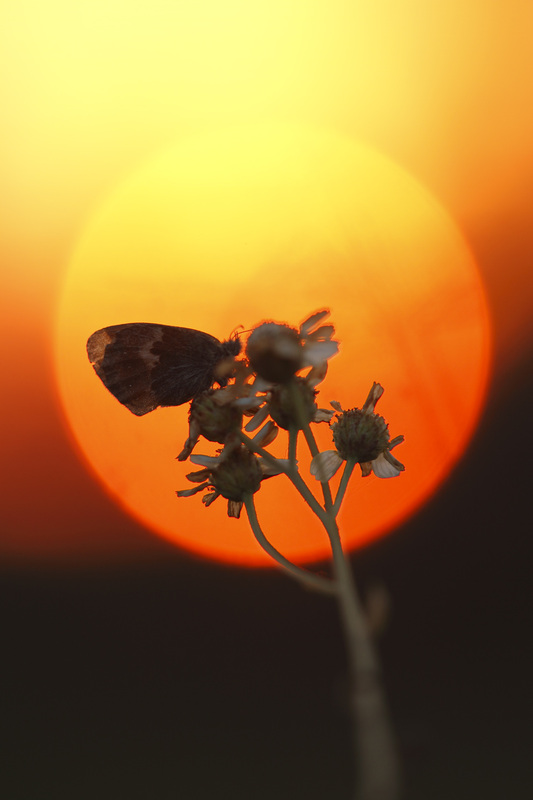
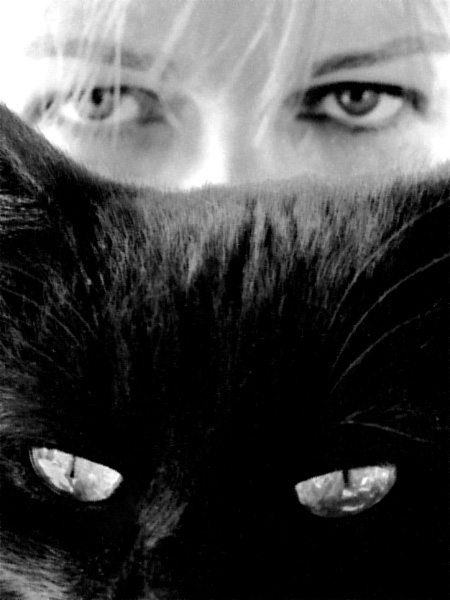
 RSS Feed
RSS Feed